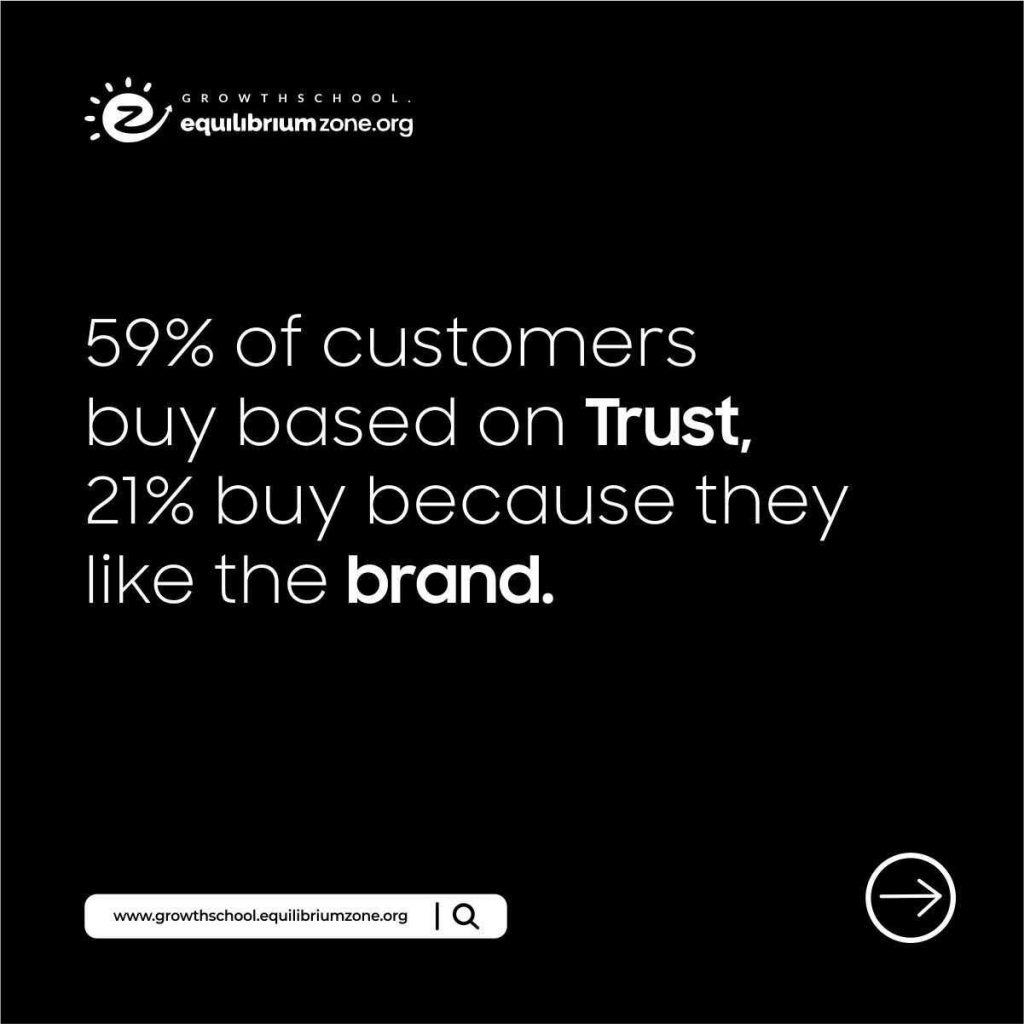The truth is that you cannot entirely understand Product Marketing. You can only attempt to make it make sense for you.
Those first two lines render the title of this post moot. So what is the reason for this post and why are you still reading?
Illustrated: The importance of Product Marketing
The simple answer is that you and I know how important it is to have an inkling of an understanding of what it entails to market a product.
Let me tell you a story.
A young man, casually strolling through the streets of Twitter during his break from work, stumbles upon an interesting tweet. In that tweet, there is a picture of a broken savings box, referred to as kolo in our local parlance.
The contents of the box are displayed accompanying caption details how long it took to fill that box and the fulfillment that came with it. Then he thinks about an idea to build a digital product that could serve as this said kolo for people.
It will be less expensive because there will be no breaking involved. But the problem is convincing people that his digital product is something that works.
You probably already know the story of how Piggyvest started. But if you do not, you’ll be wondering how he and his team were able to get people interested enough to start using his product.
The answer is simple: Product Marketing.
They scoped their market to understand them, then positioned their product as a better alternative to kolo and helped people get comfortable with using it.
If you’ve been paying attention, you will notice that there are three core elements involved in marketing the product. They are product development, marketing, and sales.
All three are very distinct roles with lots of technicalities involved. Product marketing is the intersection between them. And this is why you cannot entirely understand it.
But you can get a hang of it enough to become an authority.
Scope of Product Marketing
According to HubSpot, Product marketing is the process of bringing a product to market.
That is the simplest way anybody can put it.
But as in the case of Piggyvest, you just do not create a product and take it to the market with hopes that people see it and patronise. If your aim is to drive demand and usage, then how you go to the market is important.
Your messaging, your launch process and a solid sales framework for your sales team to build upon is key in marketing your product.
The customer, too, plays a role because if they do not understand the product, then it is dead on arrival. They are the ones who will determine the life cycle of that product in the market.
We will now look at each of these in detail.
Product Messaging
So you have a great product after scoping the market for what they need. Your ideas have been brought to life by your developers. It is time to go to the market.
But what will you tell them?
This is where product messaging comes in.
Your product message are the words you say in text or with your voice that will help to convince your customers to take a look at your product as a solution to their problem.
If you have a competitor already in that market, then it becomes even trickier. Good messaging is what will make your potential customer choose you and not them.
This is why you have to be deliberate about what you say in your messaging. It has to speak to the customer’s problem first while offering the solution, all in one breath or phrase.
Investing time in crafting this message is never a waste because statistics from Investopedia have shown that 59 percent of paying customers need to build trust with a business first. Those same statistics also show that 21 percent of paying customers choose a brand that they “like”.
If your messaging does not speak to your market’s problems and is not helping you be likeable, you need to go back to the drawing board.
Product launch process
You have now crafted a message so warm and fuzzy that it could melt the glaciers in Antarctica. It is time to tell people what you and your brand does.
Another problem has arisen. How do you launch?
Let us take you back a few paces.
You identified your market’s problems – also referred to as pain points – to create a product that fits. You have crafted a message that carefully encompasses the solution you are offering while empathising with the problem.
All of this was created after scoping your market and creating a buyer persona – a fictional representation of the person or people whose problems you are looking to solve with your product.
Therein lies your solution.
Within that buyer persona, you will see where your customer spends his time. That is where your product launch should hold.
If your customer spends his time on Instagram, launch there even if you intend to have an offline launch event. If your customer is a constant commuter, launch using billboards and posters. Anywhere your customers are is where you should launch.
Product sales framework
Now everybody knows about your product. But they are still wondering if they should sign up for it or pay for it.
It is easy to leave this to your sales team and go pamper yourself for a job well done. But if nobody signs up to use your product, your head, rather than the salesperson’s, will be on the plate.
Luckily, this is a joint effort. A meeting between the sales and marketing teams is needed to craft a sales framework that does not do away with the product messaging.
When this is done, the sales team can craft their strategies to get customers to sign up and eventually pay to use the product.
And finally…
Product marketing is more about who you are building for than why you are building. You cannot entirely understand it because the market is dynamic and this dynamism must influence the direction of your marketing.
But to help you get a grasp on how to market a product in a way that can earn you a good share of the market, we have created this Product Marketing crash course. Click to find out more.




